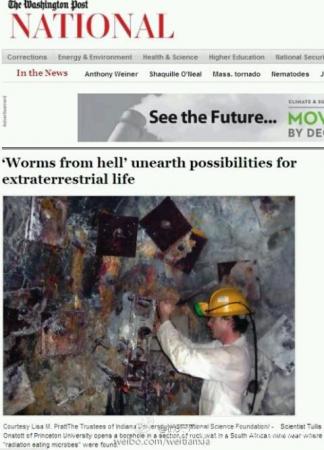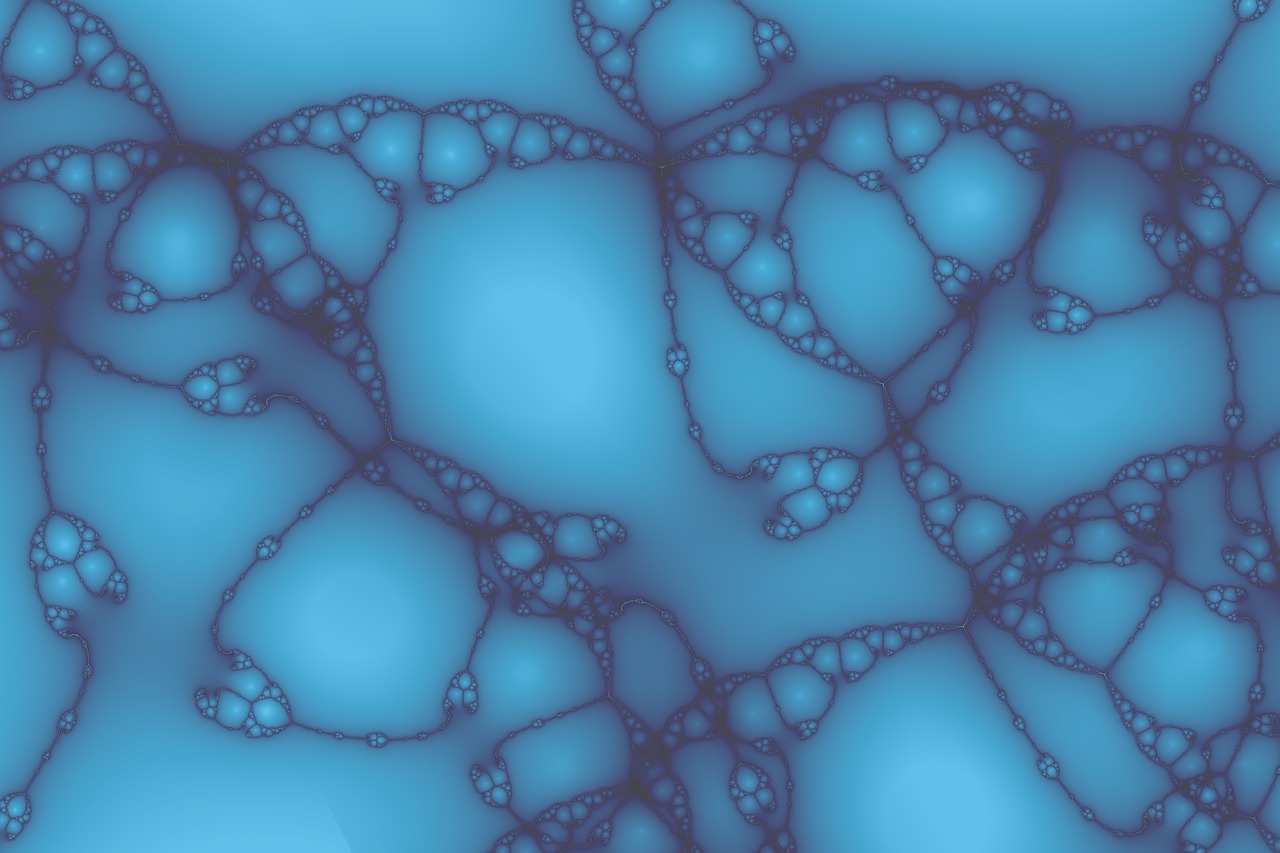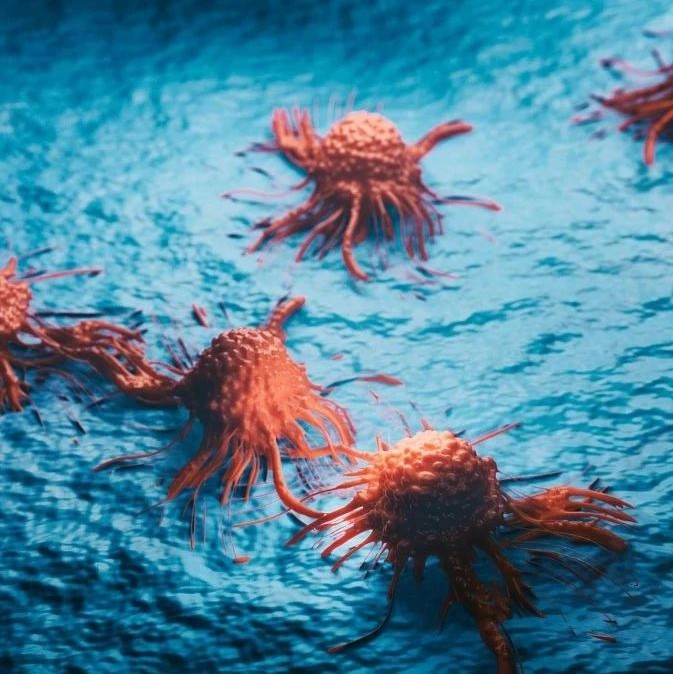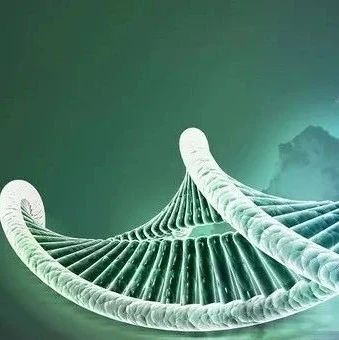摘要:自二十多年深地下发现生物圈,一直以来它们都被认为是单细胞生物。由于温度、能量、氧、空气的限制,多细胞生物在地下深处很难生存。这里所报道的线虫是在南非矿井0.9-3.6公里深的裂隙水中发现的,而不是矿井水。同时这些地下线虫包括了一个新的物种——“来自地狱的蠕虫”,它耐高温、无性繁殖、优先寄生于地下细菌。

Nematoda from the terrestrial deep subsurface of South Africa
Since its discovery over two decades ago, the deep subsurface biosphere has been considered to be the realm of single-cell organisms, extending over three kilometres into the Earth’s crust and comprising a significant fraction of the global biosphere1, 2, 3, 4. The constraints of temperature, energy, dioxygen and space seemed to preclude the possibility of more-complex, multicellular organisms from surviving at these depths. Here we report species of the phylum Nematoda that have been detected in or recovered from 0.9–3.6-kilometre-deep fracture water in the deep mines of South Africa but have not been detected in the mining water. These subsurface nematodes, including a new species, Halicephalobus mephisto, tolerate high temperature, reproduce asexually and preferentially feed upon subsurface bacteria. Carbon-14 data indicate that the fracture water in which the nematodes reside is 3,000–12,000-year-old palaeometeoric water. Our data suggest that nematodes should be found in other deep hypoxic settings where temperature permits, and that they may control the microbial population density by grazing on fracture surface biofilm patches. Our results expand the known metazoan biosphere and demonstrate that deep ecosystems are more complex than previously accepted. The discovery of multicellular life in the deep subsurface of the Earth also has important implications for the search for subsurface life on other planets in our Solar System.
https://www.nature.com/nature/journal/v474/n7349/full/nature09974.html







